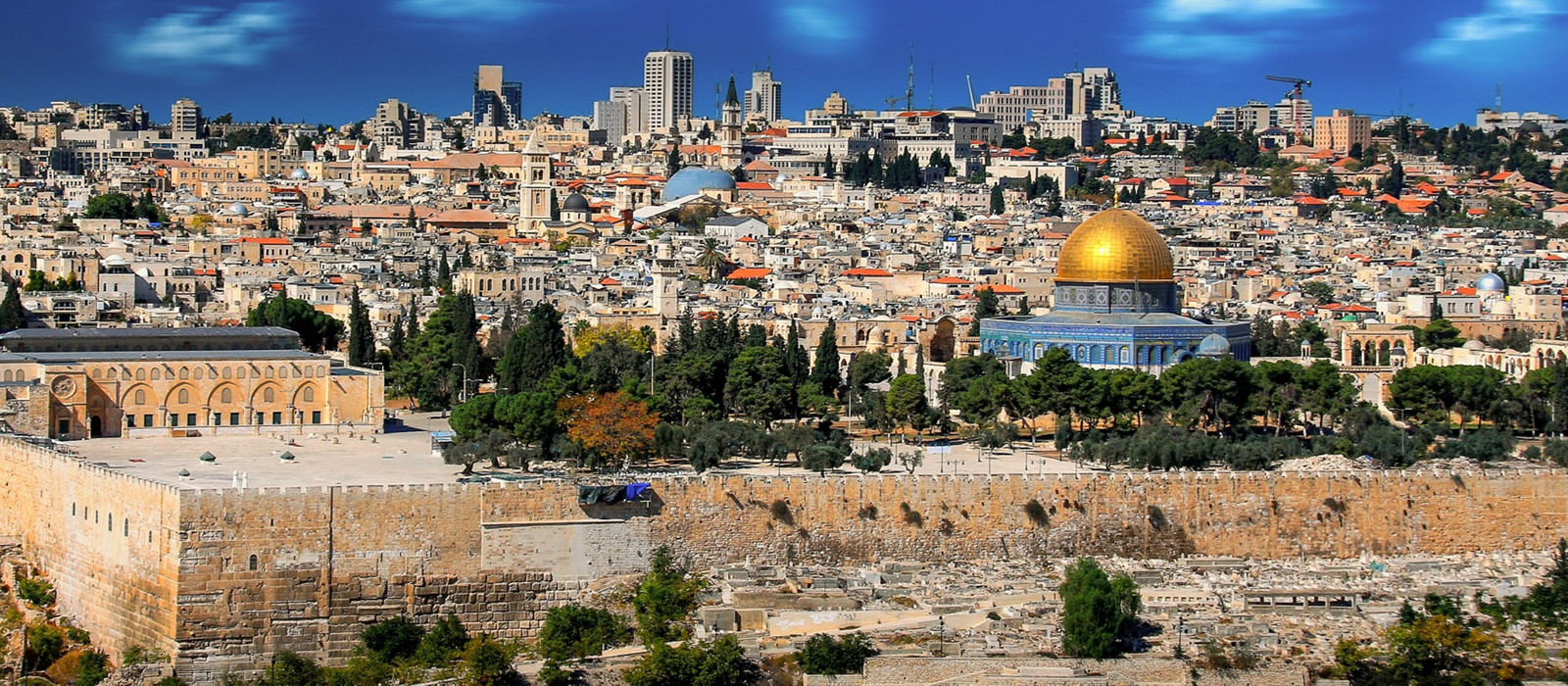Today on our first full day of the course, we had the opportunity to take a guided tour of the Museum of the Jewish People at Beit Hatfutsot, known as the Diaspora Museum, and old Jaffa, as well as a lecture at the University of Tel Aviv about the Arab minority in Israel. At the Diaspora Museum, our tour guide Lindsay took us through a few of the main exhibits at the museum, highlighting the diversity of Jews in the diaspora. When the State of Israel was born, many Jews in the diaspora immigrated to Israel, bringing with them their unique ways of practicing their religion or lack-thereof, creating a mosaic of different ways of practicing Judaism.
As discussed by S. Ilan Troen, Maoz Azaryahu, and Arnon Golan in “Israel: Geography, Demography, and Economy,” there were nearly eight million citizens of the State of Israel in 2012. Of these citizens, 75.4% identified themselves as Jewish. Although Israel is characterized as a Jewish state both in terms of statistics and identity, this should not paint the picture that the country is homogenous in the way in which it is Jewish. One way in which this diversity can be illustrated is through the range in diaspora communities that have converged in Israel. As we saw today at the museum, these communities vary a great deal from one another, ranging from secular to hasidic communities, each with different practices and perspectives.
Another way in which different Jewish groups vary is based on their connection with Israel. As described in “From Zionism to Zion” by Michael Brenner, Jews of all walks of life feel a connection to the Land of Israel, something that we heard again in the Diaspora Museum. Although this connection began as largely religious, the Zionist movement, founded by Theodor Herzl in the nineteenth and early twentieth centuries, began advocating for a Jewish state in the historic Land of Israel. However, as Yedidia Stern outlines in “Israel: A Jewish Democracy,” different Jews have been and continue to be followers of this movement for different reasons. While some are Secular Zionists, others are Religious Zionists, while groups like the haredim hold different opinions on the state altogether.
As we read in Ben Gurion’s Status Quo Letter, these opinions have been so diverse and extreme that they have even required legal and political arrangements at the foundational levels of the State of Israel. In 1947 when Israel was close to emerging as an independent nation, Ben Gurion had to balance the different opinions of religious and secular groups in Israel and decide the role that religion would play in the public life of the future state so that it could exist at all. Despite the fact that a majority of Jews feel some sort of connection to the State of Israel, the reasons for this connection vary a great deal. However, this is just one of the many ways in which the Jewish people living in Israel are diverse.
Today also demonstrated the fact that Israel is not only diverse in its Jewish population, but in its different minority groups as well. Our lecture at Tel Aviv University by Arik Rudnitzky on the Arab minority in Israel illustrated the fact that more than a quarter of Israeli citizens are not Jewish, something that was reflected in the essay by Troen, Azaryahu, and Golan. At the beginning of 2018, 74.5% of the population was Jewish, 20.9% was Arab, consisting of Muslims, Druze, and Christians, and 4.8% of the population was of any other ethnic group. Even among the Arab minority, the group was very diverse, and their opinions about the State of Israel and their connection to the state varied a great deal, reflecting that of the Jewish population in its diversity.
Although we have only been here a couple days, it is quite clear that the diversity of people, opinions, and backgrounds has shaped public life here in Israel. The shops, restaurants, people, and history of Tel Aviv and Jaffa reflects this diversity, making it a very unique and pluralistic place unlike any other I have been.
By: Sam Henderson
